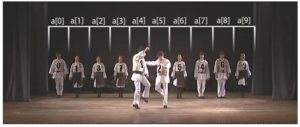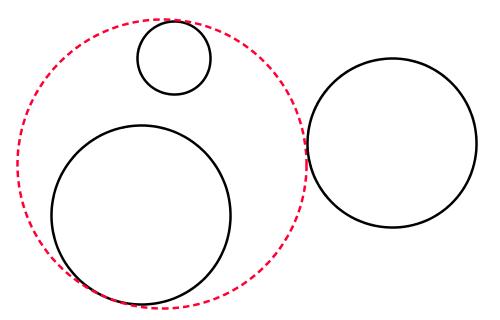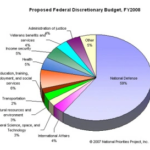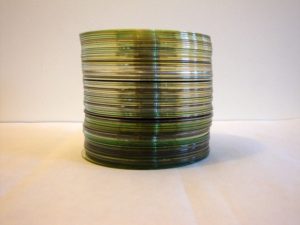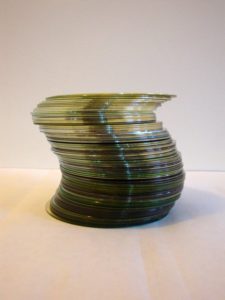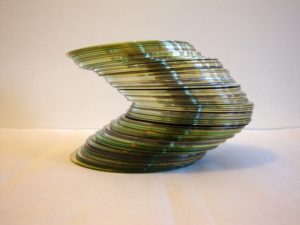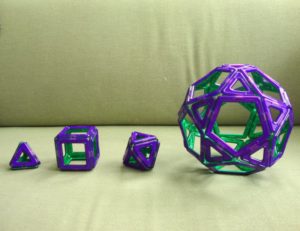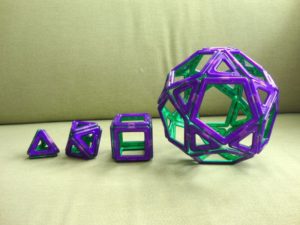This is a fun and whimsical demonstration of bubble sorting through dance!
http://www.youtube.com/watch?v=lyZQPjUT5B4
The dancers arrange themselves in numerical order in the same manner one would bubble sort an unordered list. One by one, each number “compares” himself with the number on his left; if they are out of order, they switch places. Make you’re way down the list, and start again at the front. Repeat until no one switches places and voila! everyone’s in order!
And just to be thorough, the troupe does dance-representations of Insert-Sort, Shell-Sort, and Select-Sort algorithms as well!
